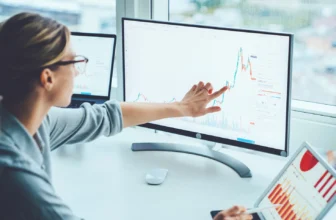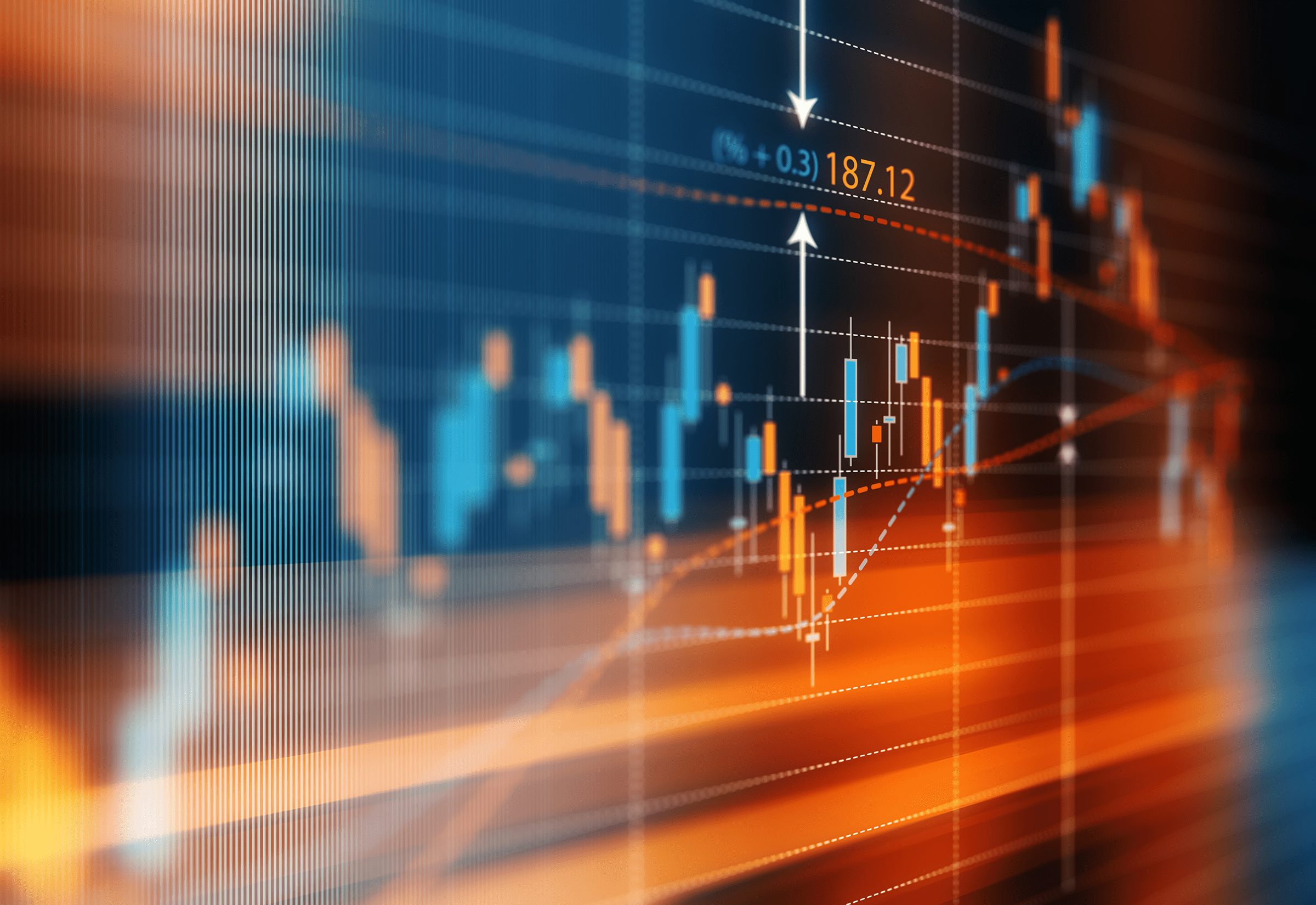
With the growth of technology, it’s no surprise really that “What is day trading?” is one of the top queries on Google when it comes to trading related terms. The reason behind this is quite apparent. There are a lot of traders out there that are interested in getting started and are searching for the first logical step.
By definition, day trading is a form of active trading where the trader buys and sells assets and securities multiple times within one trading session. The key idea and definition of day trading are having positions open and close within the same day. Day traders open and close a number of trades per day, not just one. Their strategies are focused on making profits from intraday price changes.
By avoiding holding on to positions overnight, day traders are avoiding some of the risks that are associated with those periods where they may not be able to close their position out when they want to. This could be due to liquidity or just due to the fact that the market they are trading, may be closed and not available to trade at that particular time. Day traders prefer highly liquid assets, so they don’t risk being locked into a trade for this exact reason. They want to be able to get in and out exactly when they want to, even if it’s only after a gain or loss of just a couple of ticks.
It could be the smallest movement, but that could be more than enough for a day trader to make the profits they need to deem the day a success. One thing traders have to consider when they first get started is how to get around the PDT rule. This rule says that you cannot make more than 3-day trades in a 5 day period. But what most won’t tell you is that you can actually bypass it with some simple tricks. You can learn these tricks by visiting thedaytraderchatroom.com.
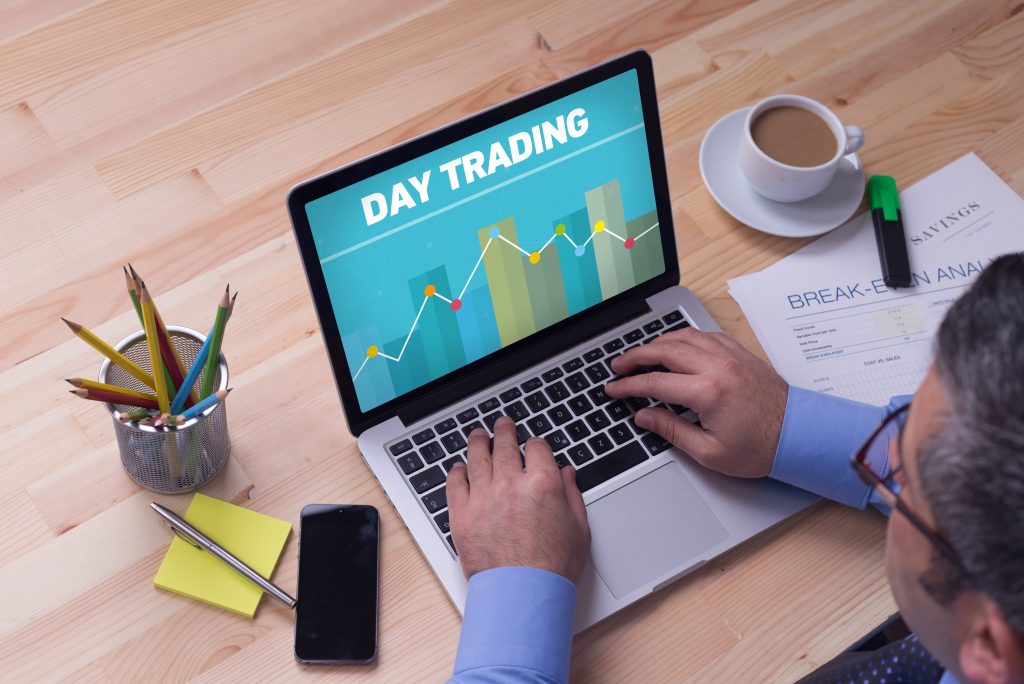
img source: moneycrashers.com
Despite the concept of day trading has been around for quite a while, it really didn’t become popular until the advent of the electronic age where we were all provided with the luxury of having an internet-based system where we can execute orders in milliseconds versus having to call into the pit and have someone execute for us.
As the name suggests, day trading involves closing positions before the day is done. The reason behind this is to keep the risk at a minimum, if at all possible. It’s really more so about not just mitigating the risk, but about maximizing control. By closing the position off while the trader is no longer monitoring it, the trader no longer has to worry about that particular position.
The day trader wants to close that position off before the night comes rolling around or whenever they plan on leaving their screen. Day traders, in general, tend to average from five to eight positions per day, somewhere between open and close. This shouldn’t be considered a goal. It is just a statistical average.
It’s also worth noting that day traders can operate on multiple trading venues simultaneously. The idea here is that they’re seeking to profit from the price movements of one or more assets by using the arbitrage that’s going on between those two venues, which means two different exchanges. If one has priced higher over on venue A and something’s priced a little bit lower at venue B, they may look to profit on some of these discrepancies. These are one of the tactics that day traders use.
As far as what day traders are trading, the Forex world still dominates the day trading market landscape, but futures are quickly coming up in second place.
Tips for effective day trading
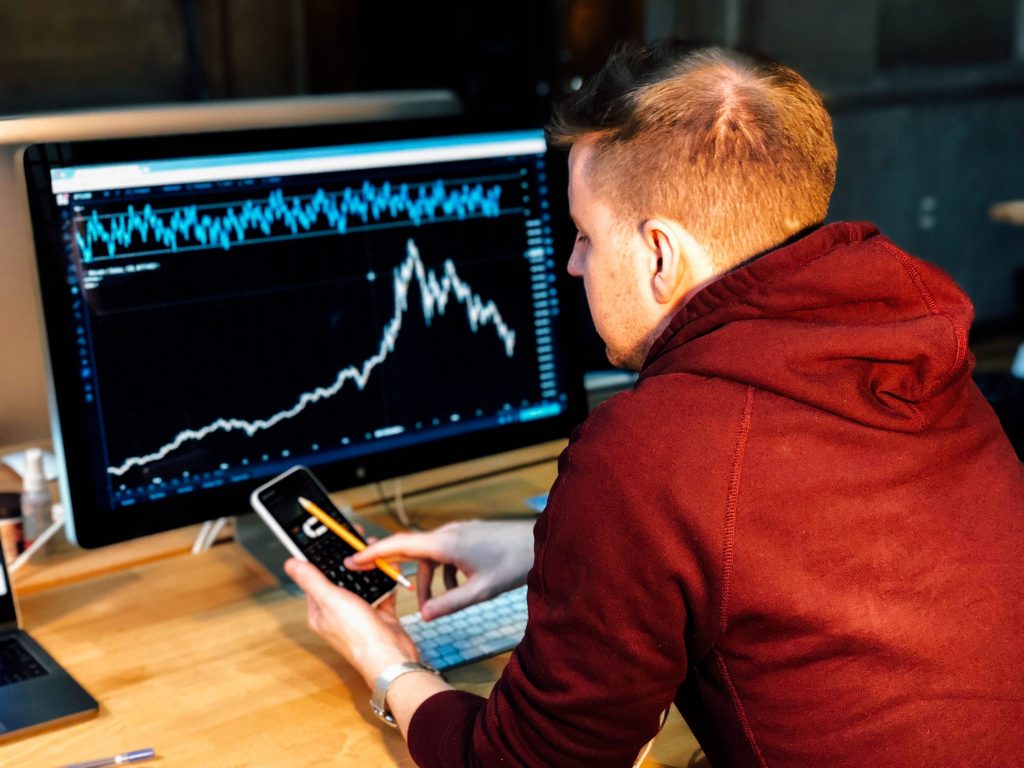
img source: the5ers.com
When you work with money, you need to know that there is always some risk included in your actions. Every trader must plan the moves, and manage the activities, so they can be sure they are doing things right.
For example, the main thing one good trader should always pay attention to is their plan. Having a plan is the most important thing in trading. Don’t invest your real money, until you are sure what you are doing. Without it, you are only a victim who waits for the final shots.
You always should have a plan B, or a risk management strategy, so you can maintain the expenses, and spend as much money as you can afford. You may think you know everything because you are experienced in this field, but keep in mind that you learn new things every day, and you can always be better than you are today – since there are a lot of things to learn. Staying up to date with everything new in this field will ensure you a bright future and relevant experience in day trading.
You need to know the rules of this game, so you can take a part in it. Learn the facts, and build your strategy around them. Sometimes it feels like things are going too easy and too good, but make sure it’s not a trap. Limit the risks, and improve your decision-making process. Be disciplined, because if you are not, you risk a lot.
Focus on the money, but give priority to the knowledge and experience. Be responsible for your activities, and learn from your mistakes. Every time you do something wrong, review your actions and find out what was happening, and how you can improve your performance next time. If you want, you can keep a journal of your actions – if that makes things easier for you.
But do you know what is the best thing you can do, to prevent all the risks and dangers, and horrible mistakes too? The art of knowing when to stop. If things aren’t going well, you need to stop throwing your money, wait a few days, review your strategy, and get ready for your next step.
You must always have a plan because you don’t want to jump into risky situations without an idea of how to get out of them.
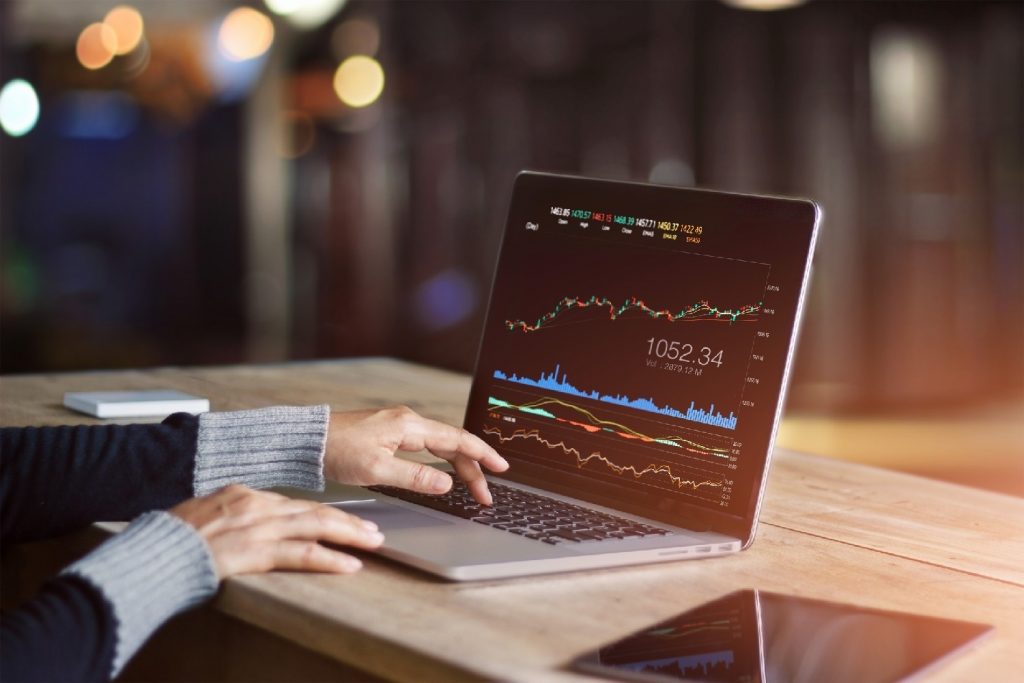
img source: business.com
Conclusion
Every action you take with your money must be planned carefully, in order to avoid losing everything you have. Day trading is an interesting activity and may bring some profits to you, or even bigger money gains, but as we said, you have to plan every step you take and manage the money you can afford properly. Be realistic about your expectations, and you will have no problem adapting to the conditions this market defines. Make sure you stick to your plan if it’s good, but if things are going badly, you always can adjust it, and try it all over again.



